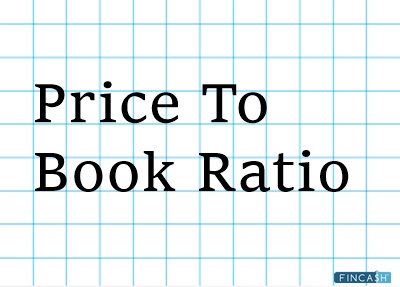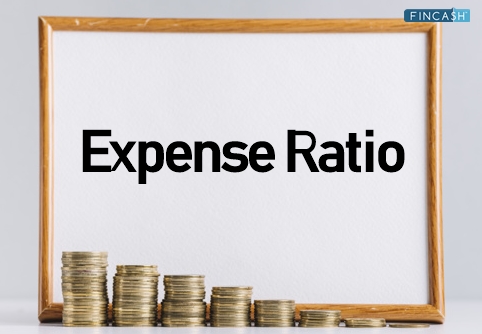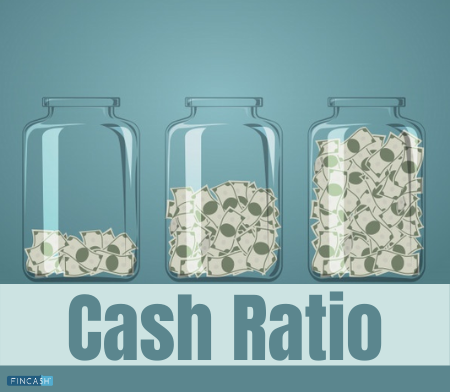
Acid Test Ratio
What is the Acid Test Ratio?
The acid test ratio is known as the quick ratio, it measures the capability of a business to pay its short-term liabilities with assets readily convertible into cash. There is a liquidity ratio that measures how sufficient is a company’s short-term assets.

There are many types of assets, some of the common types of assets are - current, non-current, physical, intangible, operating and non-operating. Accurate recognising and classifying assets is critical for the survival of the company its safety and risk.
An asset is a resource, which is controlled by a company with future economic benefits to cover its Current Liabilities. The current liabilities are the financial obligations of a business entity, which are due that is payable within a year. A company displays these on the Balance Sheet. A liability occurs when the company has experienced a transaction that has generated an expectation for a future flow of cash. In simple words, the acid test ratio is a measure to see how a company can satisfy its short-term financial obligations.
Talk to our investment specialist
The Acid-Test Ratio Formula
The formula for calculating the ratio as follows:
Acid-Test Ratio= Cash & Cash Equivalents + Marketable Securities + Account Recievables/ Current Liabilities
The following items can be found in the company’s balance sheet. There are three fundamental financial statements and these are the key to Financial Modelling and Accounting.
The balance sheet displays the company’s total assets and how these assets financed through debt or equity. Assets= Liabilities + Equity.
Marketable Securities
Marketable securities are liquid financial instruments that can be readily converted into cash
Accounts Receivable
Account receivable is the money owed to the company by providing customers with goods and services
Current Liabilities
Current liabilities are the debts or obligations due within one year
The alternative of acid test formula is as follows:
Acid Test Ratio= Current Assets - Inventories/ Current Liabilities
Current asset are the assets which can be reasonably converted into cash within a year
Inventories are the value of goods and materials held by the company with the intention of selling them to customers.
All efforts have been made to ensure the information provided here is accurate. However, no guarantees are made regarding correctness of data. Please verify with scheme information document before making any investment.












